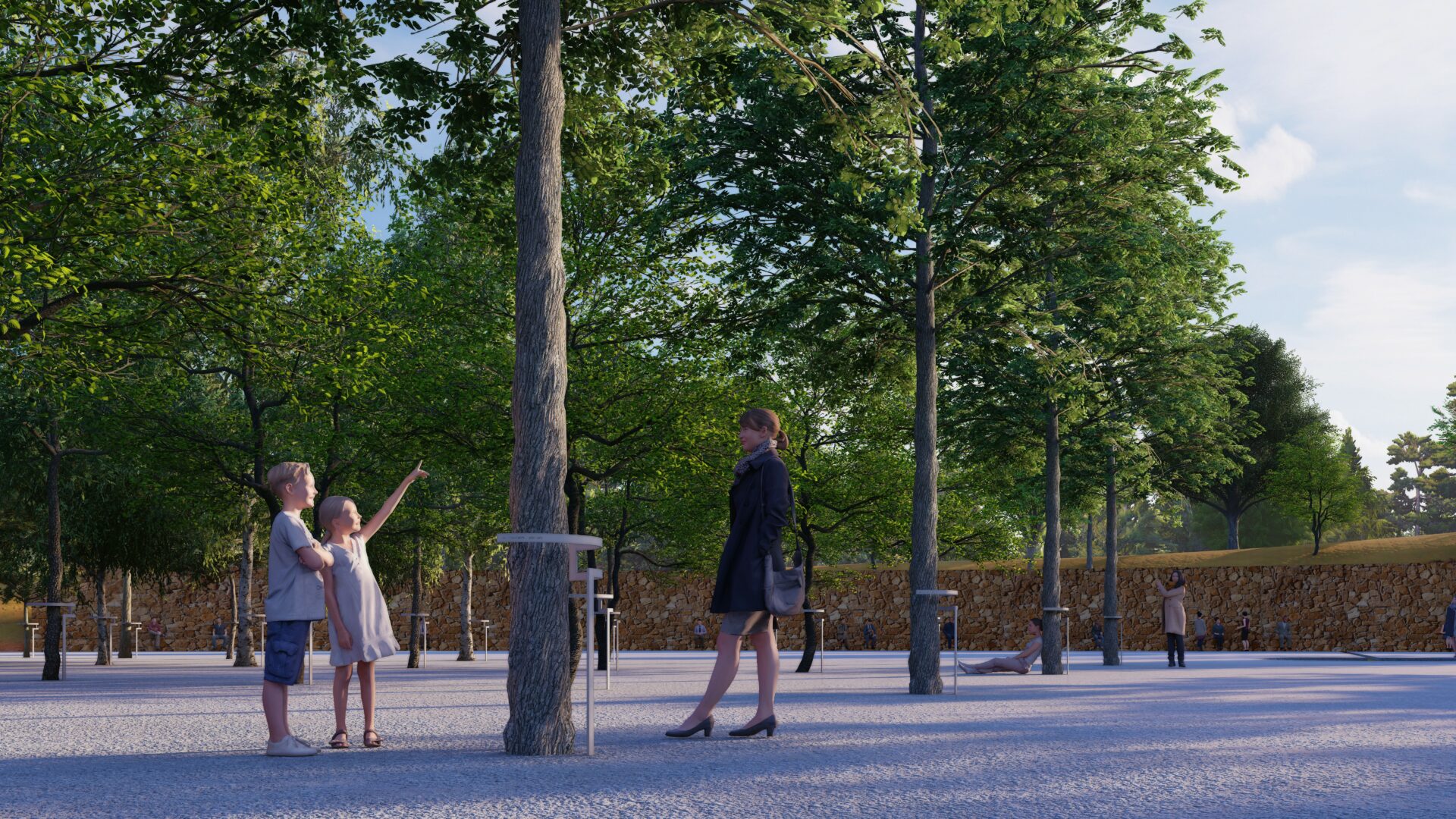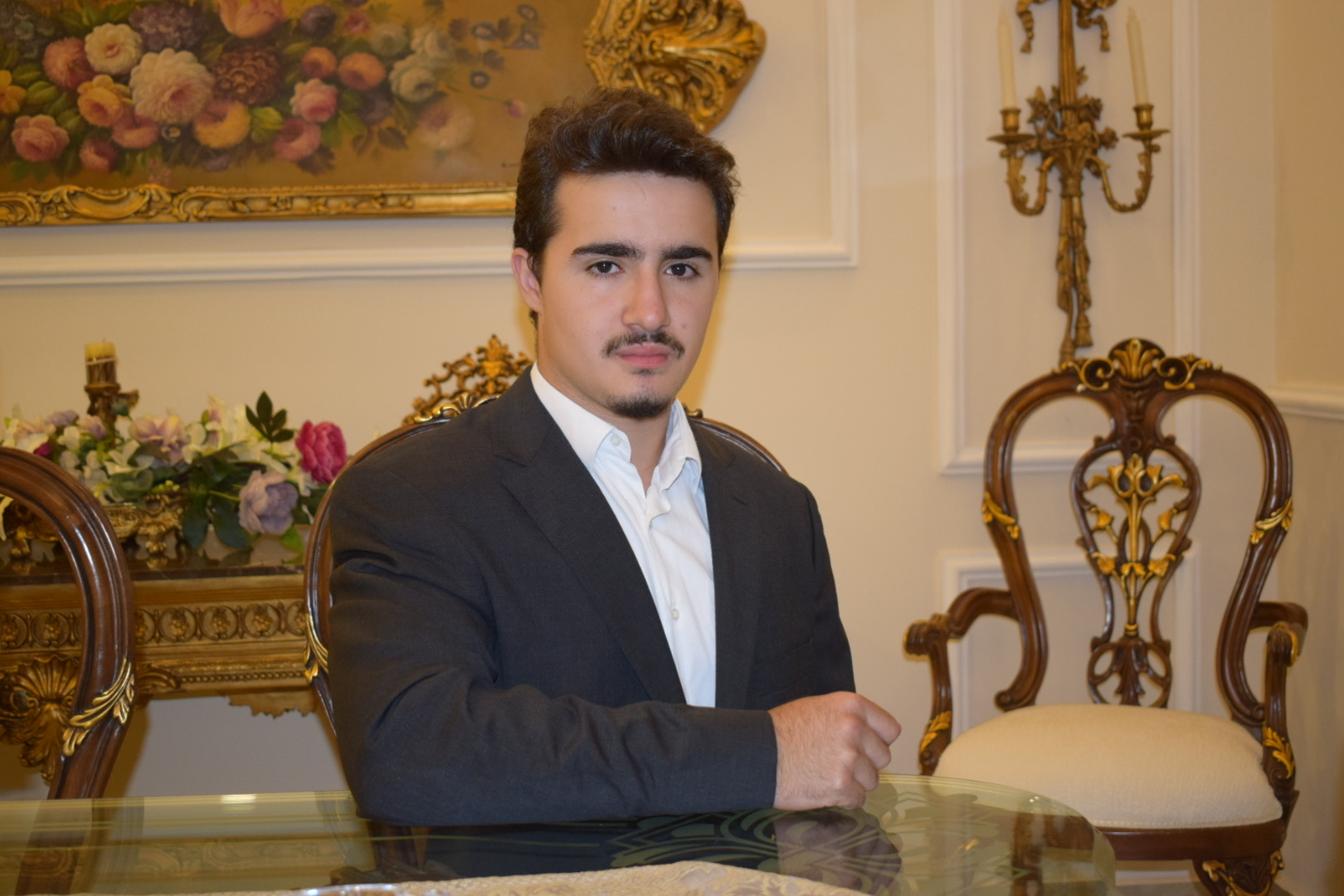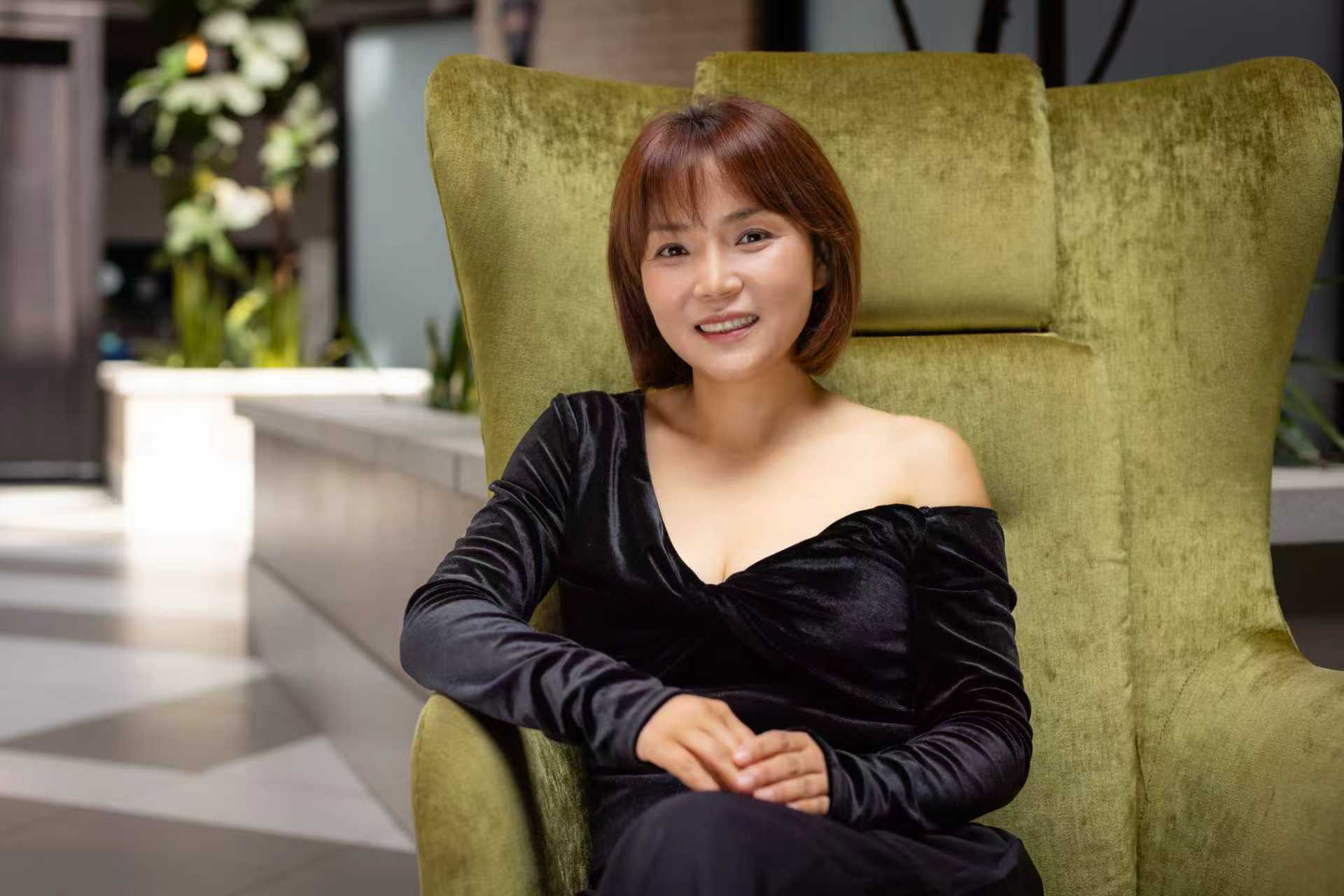We were lucky to catch up with Jeff Garnett recently and have shared our conversation below.
Jeff, so excited to have you with us today. So much we can chat about, but one of the questions we are most interested in is how you have managed to keep your creativity alive.
Creativity is a fundamental and indispensable aspect of being a successful designer. Architects often face complex problems and challenging site constraints, which requires creative design solutions. The ability to approach these challenges with a creative mindset is critical in finding unique and effective ways to solve problems.
Architectural design is a form of visual communication, so the ability to express these ideas is crucial to finding success. Creativity allows architects to express complex concepts, messages, and emotions visually. It helps in creating designs that are not only aesthetically pleasing, but also meaningful and impactful.
As an architect, I strive to provide unique, thoughtful designs for my clients so they can feel equally proud of the architectural result. Creative thinking is essential in my design process and in understanding and empathizing with my client’s specific needs. Creativity helps to create an architectural product and experience that forever resonates, meeting each of my client’s unique preferences effectively.
To keep this creativity and passion for design healthy, I try to keep my mind diversely engaged with the world around me. I’m obsessed with architecture, but stepping outside of that bubble at times is necessary for my creative process. I find inspiration in my surroundings, both natural and manmade.
I find creative inspiration in music. I listen to music throughout the day while I’m drawing and designing. I seek out new music/new artists, while also deep diving into music history to find albums and songs I may have missed along the way. I’m addicted to creating playlists and believe there is a real craft to curating a solid compilation of songs from start to finish… I generate a new playlist weekly (if not daily), with the contents varying greatly depending on the day’s task and vibe. I love all types of music, from old school country/folk to highly experimental. Artists like Brian Eno (“Apollo” is one of my favorite albums of all time), Explosions in the Sky, Sigur Rós, Khruangbin, and other ambient types of musicians are usually my go-to soundtrack when designing and sketching new ideas. Ry Cooder’s “Paris, Tx” is a part of my DNA at this point. I also love listening to songwriters like John Prine, Kevin Morby, Jeff Tweedy, Jason Isbell, Sturgill Simpson, Dylan, and so many others in that territory. Here recently I’ve been re-visiting the music of El Paso’s “At the Drive-In”, which is a much heavier sound from my youth. André 3000’s new instrumental album is amazing – hearing an artist completely mix things up into new territory is always inspiring.
The process of creating, recording, and producing music is something I’m familiar with, which has directly influenced my creative design process as an architect. In my past life, I would write and record music with my older brother and best friend. Together, we created and recorded an experimental and heavily layered homemade sound that I’ll be proud to show my kids someday. I loved the process of creating our music, but I was never really focused on performing our recordings in a live setting — the idea was always intriguing (and still is), but ultimately the creative writing and recording process is what I found to be so inspiring.
Ultimately, my children are my greatest creative inspiration these days, and they fuel my creativity more than I could have ever imagined. My wife and I have 4 young children and seeing them interact with each other and the world around them is beyond fascinating… Everything is still so new to them, so seeing their day to day is always an inspiration.
Let’s take a small detour – maybe you can share a bit about yourself before we dive back into some of the other questions we had for you?
My architectural practice was formed with the primary goal of creating meaningful, design-driven architecture. Clean lines, thoughtful details, and highly creative design solutions are the foundation of this practice. From schematic design to final construction, every project is approached carefully and uniquely with a sharpened focus on design and client collaboration.
In my studio, we create projects that are carefully integrated with the surrounding landscape. I design places for people and strive to make each place a “retreat” away from the habitual demands of today’s society – a sacred place for our clients with a strong connection to the natural environment.
With each new project, I spend an extensive amount of time at the future build site prior to generating any preliminary sketches. I intentionally hold on sketching any initial ideas on paper until I have fully immersed myself into the site and existing landscape. Experiencing the breeze, sunset, observing the surrounding context… all of these things must be taken into account to properly integrate the building into the site.
If you had to pick three qualities that are most important to develop, which three would you say matter most?
Being successful in any type of profession requires a multitude of skills and knowledge. However, in my experience, the ability to focus on a goal and ultimately pursue the greater vision is the first major hurdle. So many people are unsure of what they want to achieve in their professional life, and the simple process of setting that goal and sticking to it can often be the toughest part.
Here is my list of the three most important components to finding success:
1. Goal/Vision
2. Passion/Hard Work
3. Technical Knowledge/Creativity
Goal/Vision: Setting realistic goals every step of the way is important. With each phase of my career, I’ve set realistic, yet aggressive goals which have kept me on track with what I try to achieve. Setting a clear path to achieving the end goal is essential, and it helps to keep the overall vision intact and on track. Along this path, specific strengths are also realized… and I’ve learned over the years to lean in on those strengths!
Passion/Hard Work: This is everything. Find the passion, and then pursue it. If the passion is not there, find a different path. When the passion is there, the path forward begins to happen naturally with a clear vision and an insane amount of hard work.
Technical Knowledge/Creativity: In my architectural profession, a high level of technical knowledge is required. I found early on that gaining technical knowledge also gained more creative freedom. I really leaned into this earlier in my career by trying to become as technically talented as possible, knowing the end goal (for me) was to have more creative freedom. Creativity is ultimately the lifeblood of the design process, providing the means to innovate, solve technical problems, and communicate effectively.
How would you describe your ideal client?
My ideal client is someone with a passion for creativity and design. I’ve found that my most successful projects typically involve a client who is engaged and collaborative, yet also has a deep level of trust with my overall design process and vision. Design is a team sport, but the “trust” component is essential for the architectural vision to stay intact from the very beginning of the schematic design process to completed construction.
Contact Info:
- Website: https://www.jeffgarnettarchitect.com/
- Instagram: @jeffgarnettarchitect







Image Credits
Jeff Garnett, AIA
Hannah Middleton




